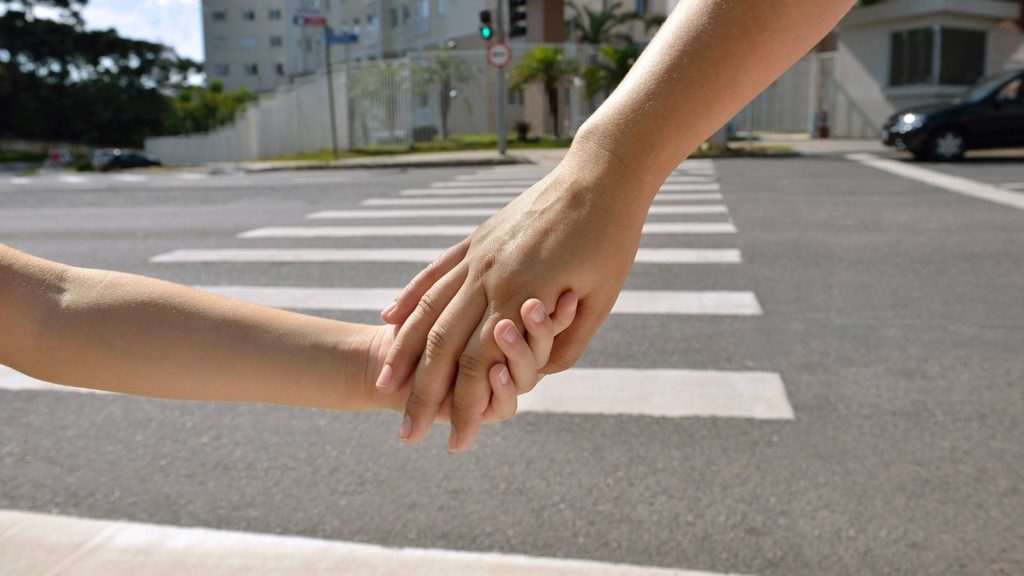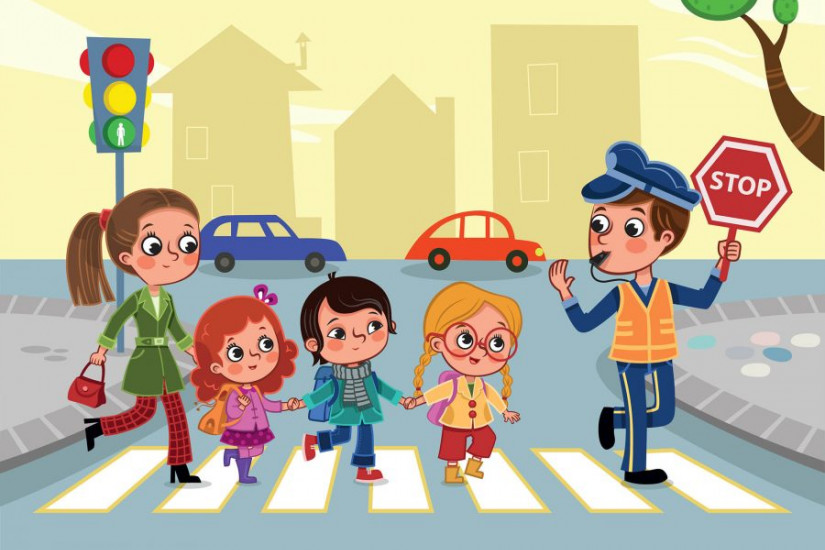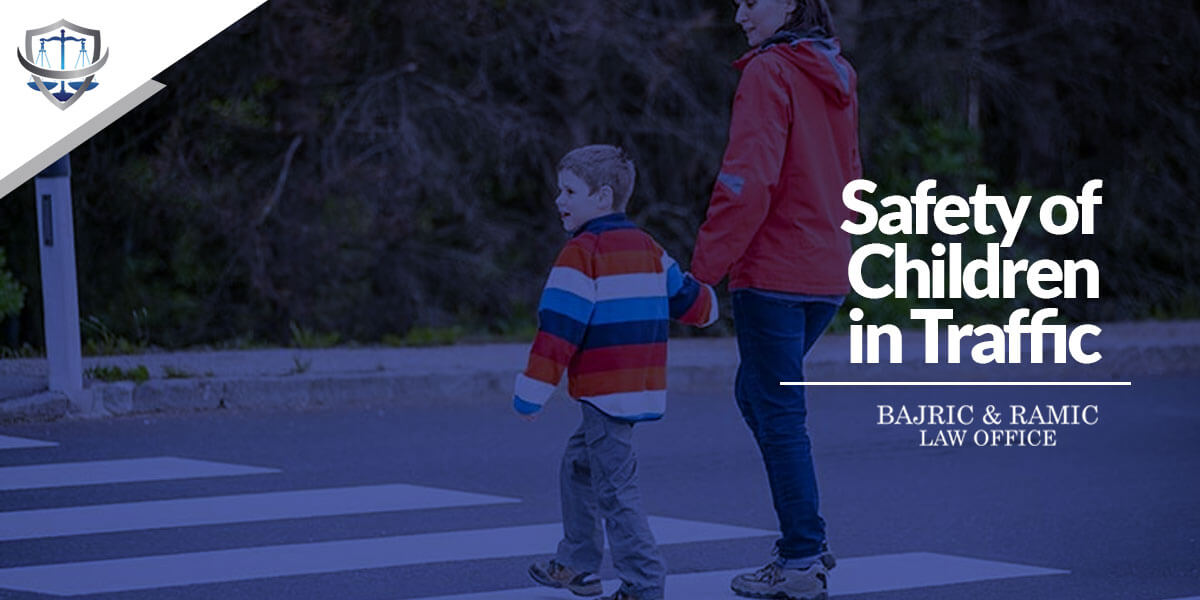Every day there are traffic accidents on the roads in which traffic participants suffer more or less harmful consequences. Unfortunately, traffic safety is paid attention only after traffic accidents. Find out below about the safety of our children in traffic, as well as ways to improve it.
Statistical data
According to the World Health Organization (WHO), about 186,300 children die in road traffic worldwide each year, or more than 500 children a day. In traffic, children and young people up to the age of 19 die mostly as pedestrians (38%), followed by passengers (36%), motorcyclists (14%), cyclists (6%), and all other reasons amount to 7%.
Traffic accidents in the world kill twice as many boys as girls aged 10 to 14, and 30% more between the ages of 5 and 9. Underdeveloped and middle developed countries have the highest share of fatal traffic accidents: pedestrians 58%, motorcyclists 40% and cyclists 10%. The perception of most parents is that their children are endangered in traffic. That is why today, more than ever before, they are brought by car to schools.
The role of parents in traffic education
The family is the first place where values, attitudes, control of emotions and behavior are formed in many areas of life, including traffic. Children are not aware of all the dangers lurking in traffic. The task of the parents is exactly that – to be aware of these dangers and to persistently repeat to the child the rules and lessons of traffic behavior. Until the child adopts them and starts applying them on his own initiative.

Tips for parents
- Always hold an adult’s hand One of every parent’s worst nightmares is that a child will suddenly run out or jump in front of a car or some other vehicle. The solution to this is for the parent to always hold the child by the hand.
- Left-right and other terms Left and right side learning does not begin in all children at the same time and is not mastered by all children equally quickly and easily.
- Stand aside so you don’t mind If a child needs to stop to take something out of a backpack or put it in, parents should teach him to always stand aside
- He never runs on the road On the playground or in the park, the child should always be warned not to run abruptly onto the road. In addition, the child needs to be taught never to go out on the road between two parked cars.
- Always, but always go over the pedestrian crossing When he wants to cross the road, the child always, but just always needs to go over the pedestrian crossing. It is best to pass this lesson on to your child by example.
- Red – green Children start learning colors around the age of two, so they will easily recognize the difference between red and green.
- Always tie up Ever since they were babies, children have to fasten their seat belts in car seats.

Traffic education in preschool and school institutions
A preschool child should learn the basic rules of safe movement in traffic accompanied by an adult. Materials, toys and aids in kindergarten represent the basis on which the educational content is permeated qualitatively and quantitatively suitable for preschool children.
The goal of the traffic education program is to prevent dangers that could endanger the child in road traffic. And also enable the child to be accompanied by an adult to adopt the basics of traffic rules.

Transportation of children in vehicles
In recent years, children have suffered the most as passengers in their parents ’vehicles, rather than due to vehicle crashes on the road, as pedestrians or cyclists. Why this is so is perhaps best shown by research into whether children are safely accommodated in a car. The survey was conducted in front of a kindergarten / school and came up with startling data.
Half of all parents in the test group did not tie their children in a car. Nor were children placed in car seats. So the children were precariously placed in the car in terribly large numbers. The solution to this problem would be to properly tie the children in the car in their place. In car seats if they are at that age that they need them.



